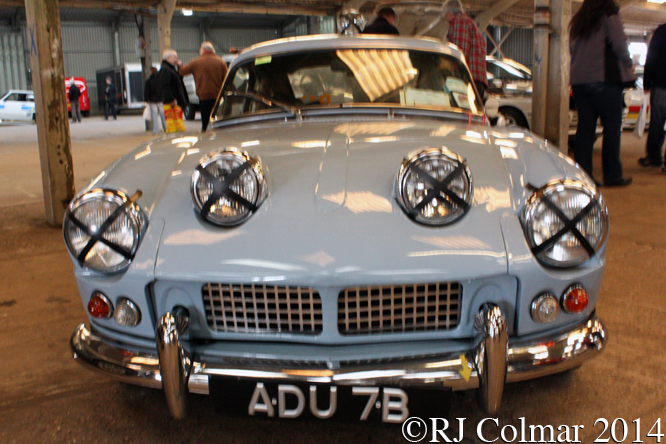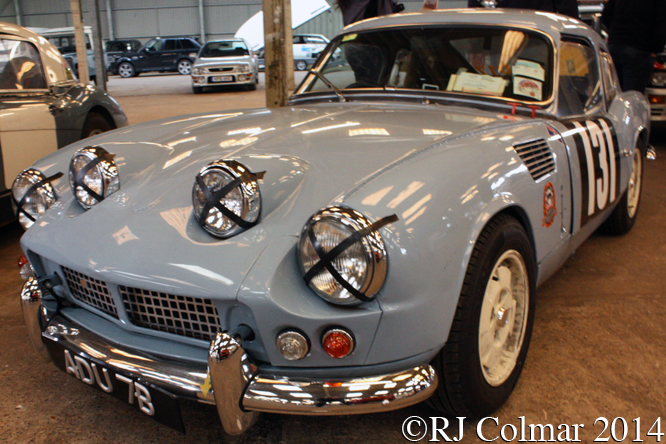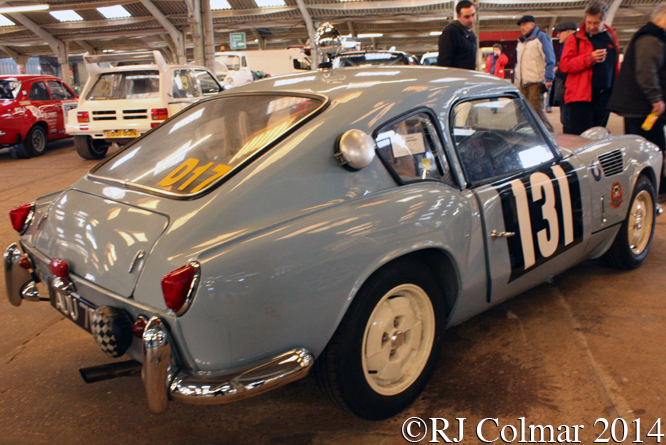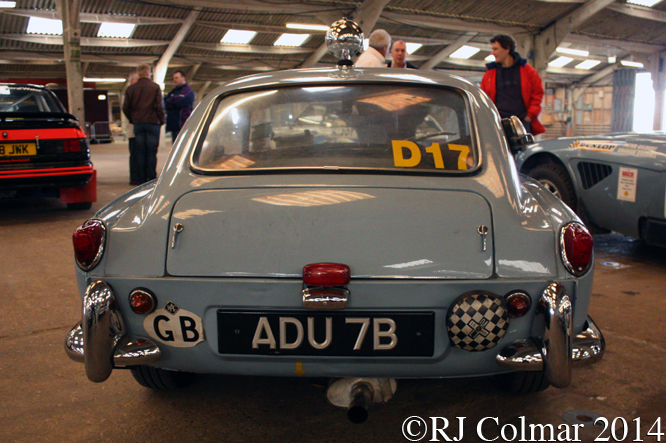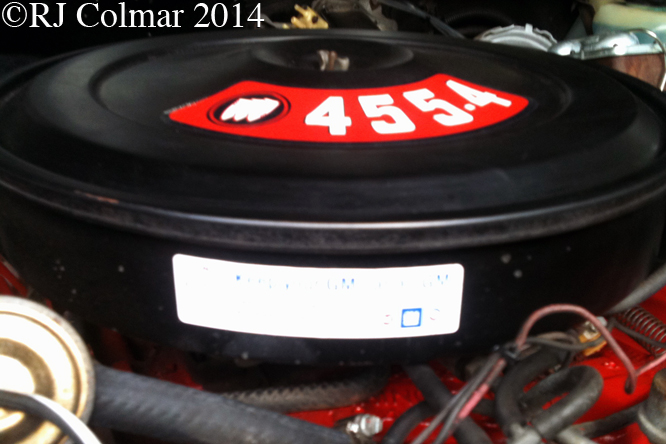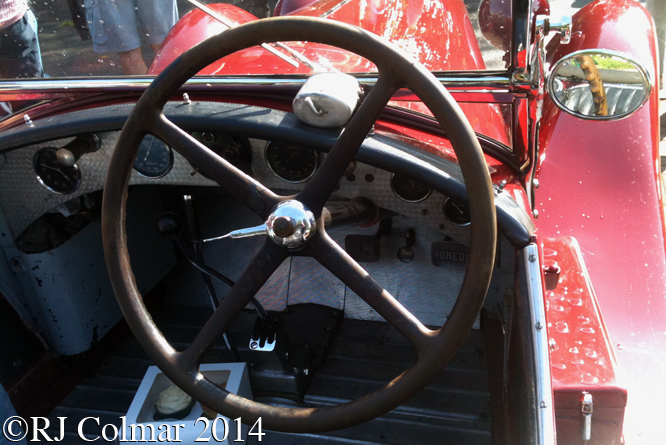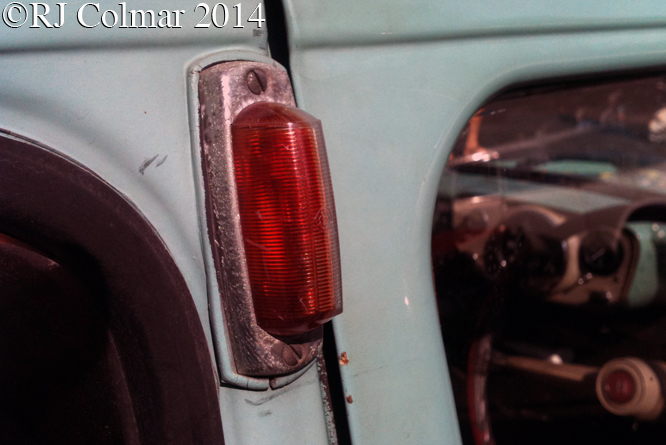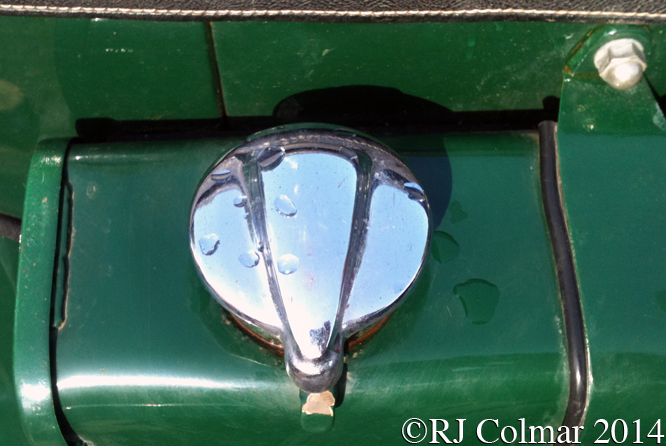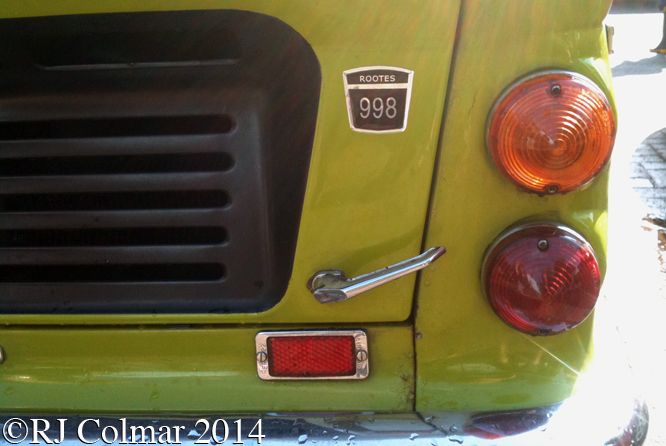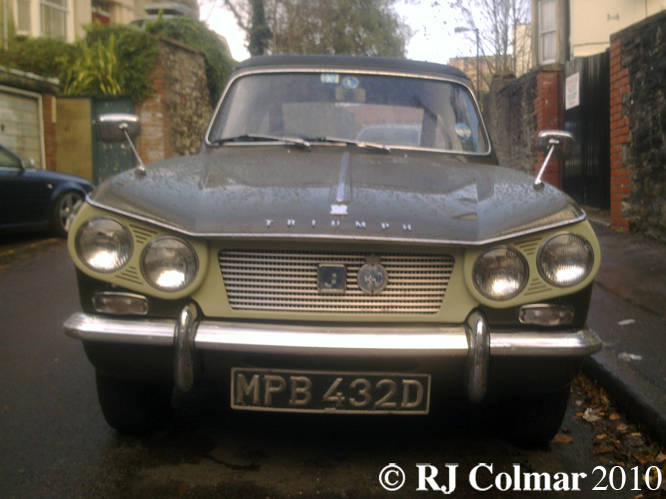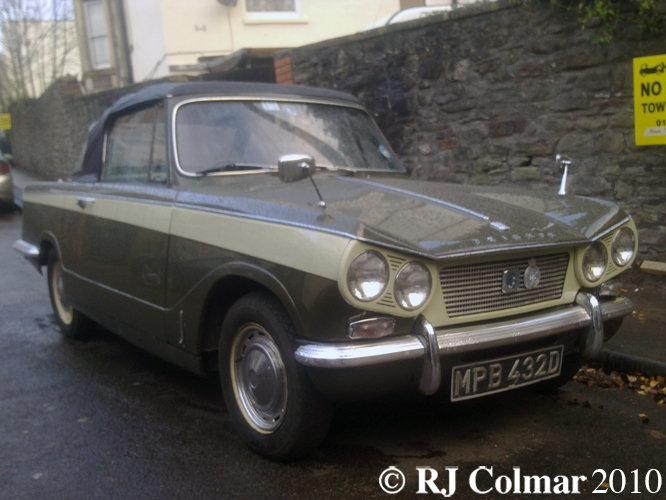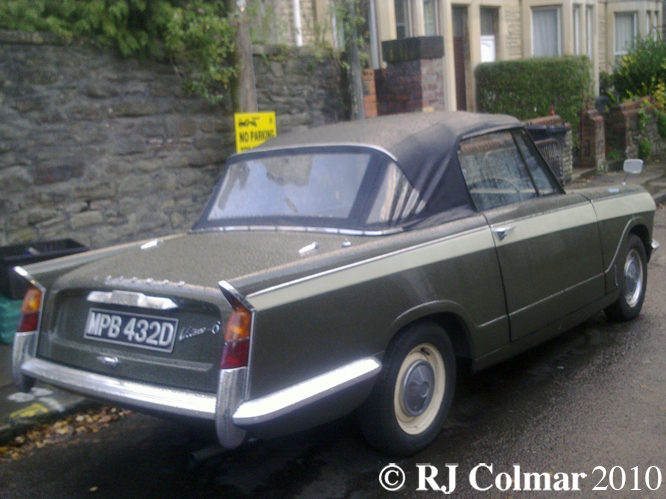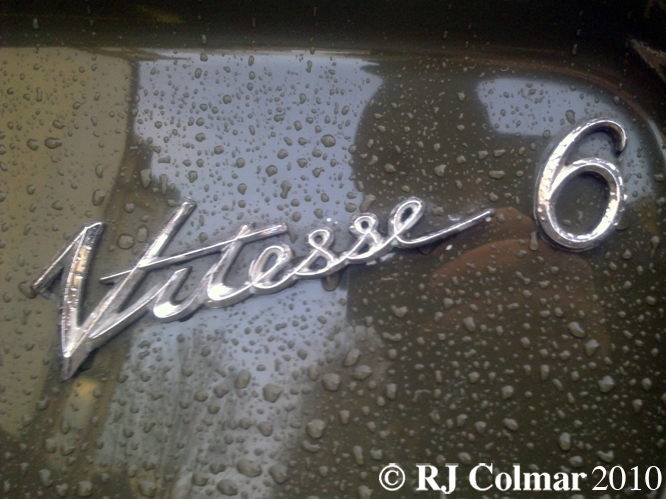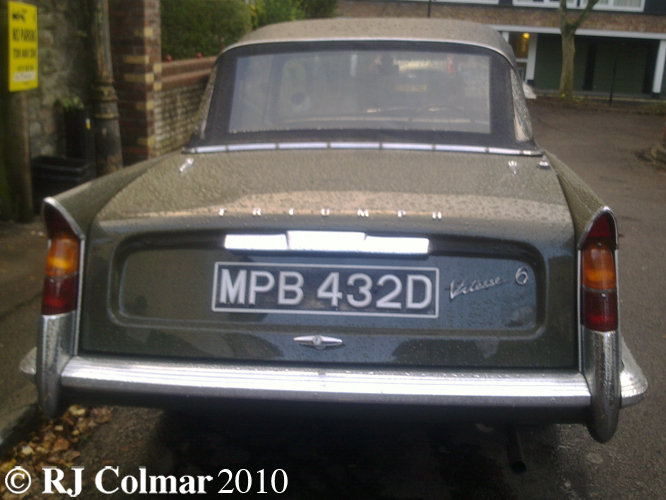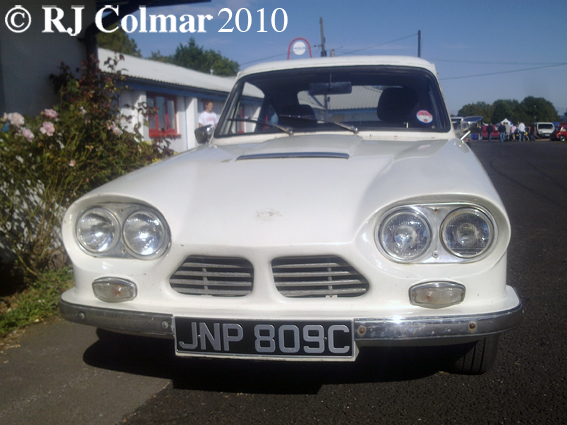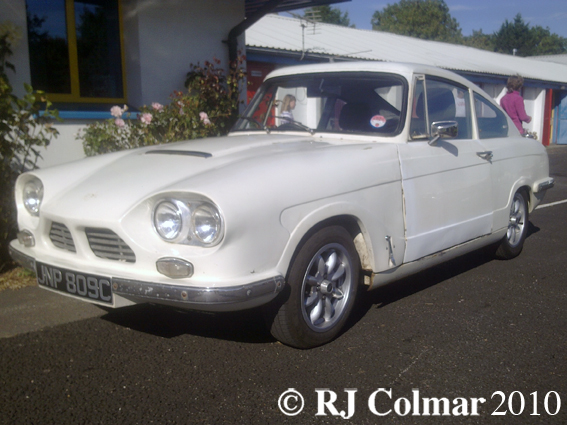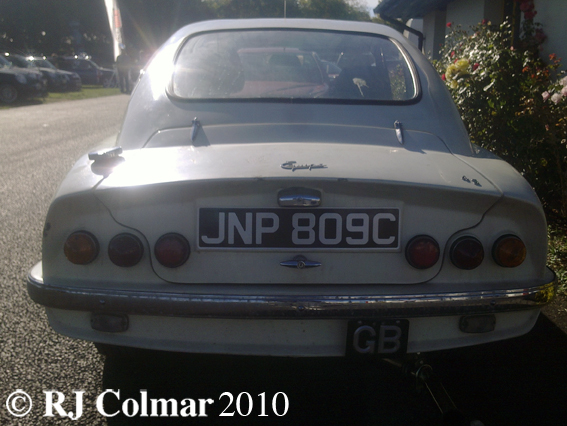Around the time Standard were buying out Triumph in 1959 a new model was being developed to replace the Standard Ensign and Pennant models which was known as the Herald.
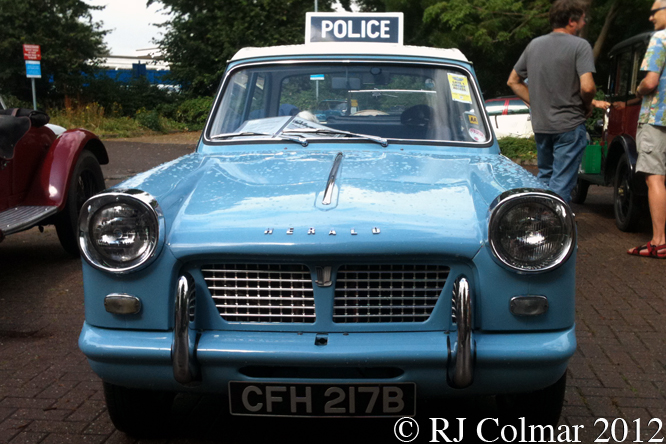
To save development costs the Herald was built with a separate chassis and bolt on panels styled by Giovanni Michelotti with saloon / sedan, coupé, convertible, estate / wagon and van variants, the same chassis formed the basis of the 4 cylinder Spitfire and six cylinder Vitesse and GT6 models.
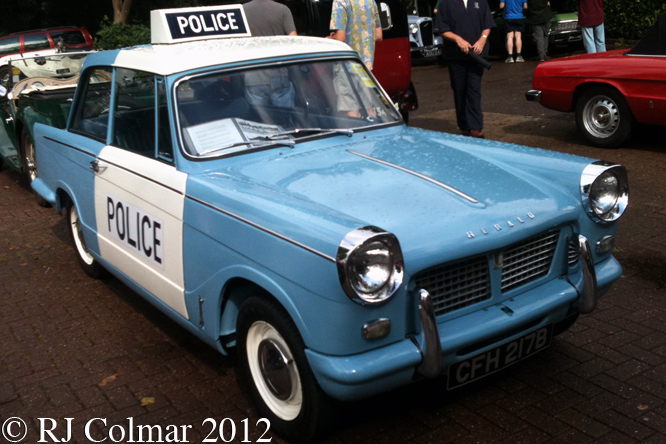
The newly merged Standard Triumph decided that Triumph was the more marketable brand name and so the Triumph Herald was launched in 1959 after two prototypes, a Saloon and a Coupé, had completed a well documented test run from Cape Town to Tangiers in late 1958.
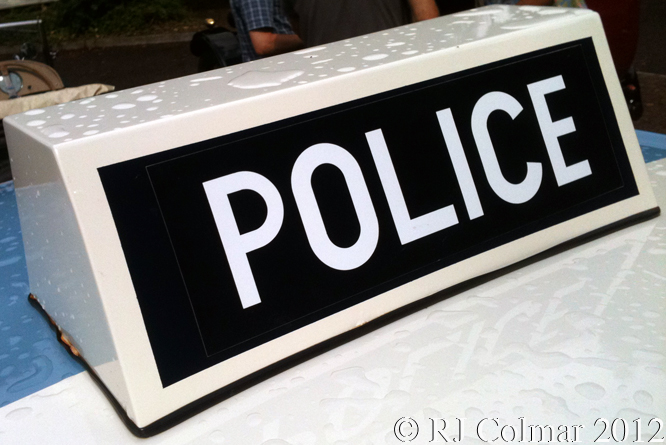
In 1960 Standard Triumph International was acquired by Leyland Motors in 1961 which allowed for the development of Herald 1200 with rubber covered bumpers and a single carburetor 39hp 1147cc / 69.9 cui.
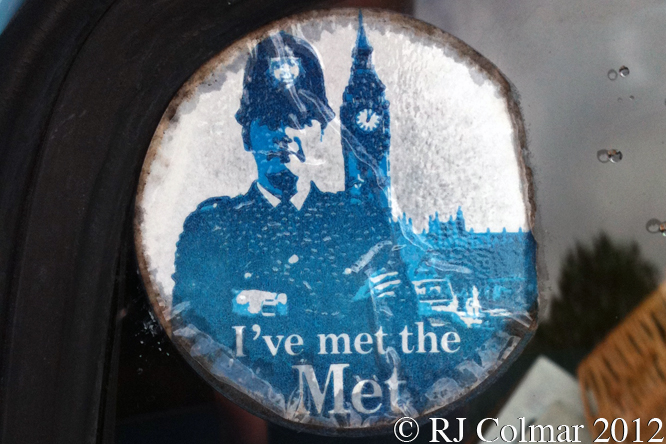
Only 8 Heralds are believed to have been used as Panda Cars 6 by the Monmouth Constabulary and two with the Metropolitan constabulary in Catford, London.
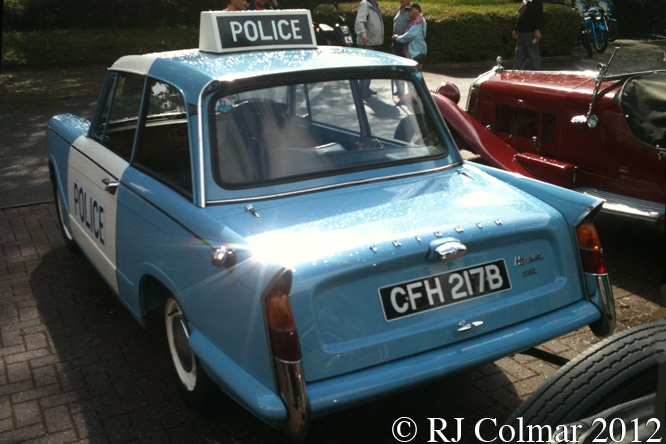
The 1963 Herald 1200 seen in these photographs is believed to have been converted into a period Panda Car, the term Panda Car referring to police vehicles is believed to have first been used by the Lancashire constabulary in 1965.
Blue Ford Anglia’s with a white stripe were similarly referred to in a letter to the Times in 1966, but the first blue and white check vehicles, a pair of Hillman Imps one white and the other blue with the doors, bonnets and boot lids swapped over did not appear until 1967 in Dunbartonshire.
Thanks for joining me on this “I’ve met the Met” edition of “Gettin’ a li’l psycho on tyres” I hope you will join me again for Mercedes Monday tomorrow. Don’t forget to comeback now !


